Home>Furniture & Design>Outdoor Furniture>How To Clean Outdoor Concrete
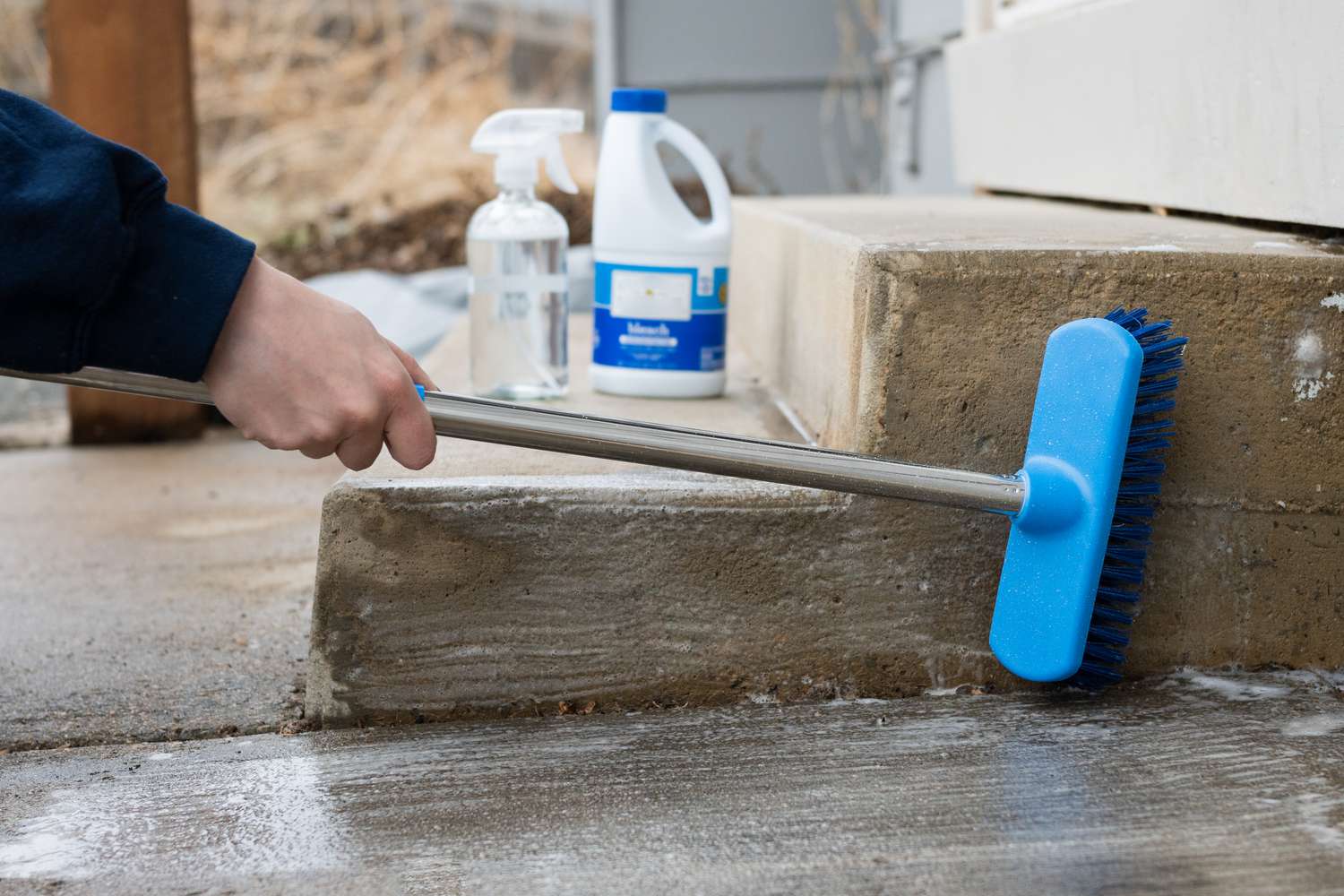

Outdoor Furniture
How To Clean Outdoor Concrete
Modified: January 18, 2024
Discover effective tips for cleaning outdoor concrete and maintaining your outdoor furniture and design. Keep your outdoor space looking fresh and inviting.
(Many of the links in this article redirect to a specific reviewed product. Your purchase of these products through affiliate links helps to generate commission for Storables.com, at no extra cost. Learn more)
Introduction
Welcome to the wonderful world of outdoor living! Whether you have a sprawling patio, a cozy deck, or a charming garden path, concrete is a popular choice for outdoor spaces due to its durability and versatility. However, exposure to the elements and regular foot traffic can leave outdoor concrete surfaces looking less than pristine. Fear not, as we embark on a journey to restore the beauty of your outdoor concrete through proper cleaning and maintenance.
As the seasons change and outdoor gatherings become more frequent, it’s essential to ensure that your outdoor concrete surfaces are not only visually appealing but also safe and hygienic. Cleaning outdoor concrete not only enhances its aesthetic appeal but also prolongs its lifespan, saving you time and money in the long run.
Throughout this guide, we will explore the step-by-step process of cleaning outdoor concrete, from preparing the area and removing stubborn stains to the actual cleaning and post-cleaning maintenance. By the end of this journey, you will be equipped with the knowledge and skills to revitalize your outdoor concrete surfaces, allowing you to fully enjoy your outdoor oasis in all its glory.
Key Takeaways:
- Regular maintenance is crucial for preserving outdoor concrete. Cleaning and sealing protect against stains and wear, ensuring a welcoming outdoor environment for years to come.
- Prioritize safety and enjoy the fruits of your labor. Proper cleaning and maintenance create a beautiful outdoor space for gatherings and relaxation, enhancing the overall outdoor living experience.
Read more: How To Clean Outdoor Concrete Table
Supplies Needed
Before diving into the cleaning process, it’s crucial to gather the necessary supplies to ensure a thorough and effective cleaning experience. Here’s a list of essential supplies you’ll need:
- Protective Gear: Start by ensuring your safety with protective gear, including rubber gloves, safety goggles, and a face mask to shield yourself from potential splashes and fumes.
- Broom or Leaf Blower: Clear the concrete surface of any loose debris, leaves, or dirt using a broom or a leaf blower.
- Stiff-Bristled Brush: A stiff-bristled brush or push broom will help scrub the concrete effectively, especially in areas with stubborn stains or dirt buildup.
- Cleaning Solution: Choose a suitable cleaning solution based on the type of stains and dirt present on your concrete. Options include a commercial concrete cleaner, a mild dish soap, or a mixture of water and white vinegar.
- Pressure Washer: If available, a pressure washer can expedite the cleaning process, particularly for larger outdoor concrete areas. It’s important to use the appropriate pressure settings to avoid damaging the concrete surface.
- Bucket: A bucket will be useful for mixing the cleaning solution and transporting water for rinsing.
- Garden Hose: Ensure you have access to a garden hose with a spray nozzle for rinsing the concrete surface thoroughly.
- Protective Sealer: Depending on the condition of your concrete and your preference, you may consider applying a protective sealer after cleaning to enhance its longevity and resistance to future stains.
- Appropriate Clothing: Wear old or protective clothing to avoid staining your regular attire during the cleaning process.
- Optional: Baking Soda or Oxygen Bleach: For tougher stains, such as oil or grease, you may opt to have baking soda or oxygen bleach on hand for targeted stain removal.
By ensuring you have these supplies at your disposal, you’ll be well-prepared to tackle the task of cleaning your outdoor concrete surfaces with confidence and efficiency.
Preparing the Area
Before delving into the cleaning process, it’s essential to prepare the surrounding area to ensure a smooth and effective cleaning experience. Here’s a step-by-step guide to preparing the area for cleaning your outdoor concrete:
- Clear the Surface: Begin by removing any furniture, potted plants, or other items from the concrete surface. Clearing the area will provide unobstructed access for thorough cleaning.
- Sweep or Use a Leaf Blower: Use a broom or a leaf blower to remove loose debris, leaves, and dirt from the concrete surface. Pay close attention to corners, cracks, and edges where dirt and debris tend to accumulate.
- Protect Adjacent Surfaces: If there are adjacent surfaces, such as walls, siding, or delicate plants, consider using plastic sheeting or a tarp to protect them from the cleaning solution and water runoff.
- Address Stubborn Stains: Take note of any stubborn stains, such as oil spills or rust marks, and consider spot-treating them with an appropriate cleaner or stain remover before proceeding with the general cleaning.
- Check the Weather: Ideally, choose a day with mild temperatures and minimal wind to carry out the cleaning process. Avoid cleaning outdoor concrete on extremely hot days, as the cleaning solution may dry too quickly, impacting its effectiveness.
By taking the time to prepare the area before cleaning, you’ll create a conducive environment for achieving optimal results. This proactive approach sets the stage for a thorough and efficient cleaning process, ensuring that your outdoor concrete surfaces receive the care and attention they deserve.
Removing Stains
Stains on outdoor concrete surfaces can be eyesores, detracting from the overall aesthetic appeal of your outdoor space. Whether it’s oil and grease stains from a barbecue, rust marks from metal furniture, or leaf stains from organic debris, addressing these blemishes is a crucial step in the cleaning process. Here’s how you can tackle common stains on outdoor concrete:
- Oil and Grease Stains: For fresh oil or grease stains, start by covering the affected area with an absorbent material such as cat litter or baking soda. Allow it to sit for several hours to absorb the oil. Then, sweep or vacuum the absorbent material and treat the remaining stain with a commercial degreaser or a paste made from baking soda and water. Scrub the area with a stiff brush before rinsing thoroughly.
- Rust Stains: Rust stains can be treated with a commercial rust remover specifically formulated for concrete surfaces. Follow the manufacturer’s instructions for application and dwell time, then scrub the area with a brush to lift the stain. Rinse the treated area thoroughly to remove the rust remover and residue.
- Organic Stains: Leaves, berries, and other organic matter can leave unsightly stains on concrete. Begin by removing the organic debris from the surface, then create a paste using equal parts water and oxygen bleach. Apply the paste to the stained area, allowing it to sit for the recommended duration before scrubbing and rinsing the surface.
- Mildew and Mold: If your concrete has developed mildew or mold, a solution of water and white vinegar can be an effective treatment. Apply the solution to the affected area and allow it to sit for some time before scrubbing and rinsing thoroughly. For persistent mold or mildew, a commercial mildew remover may be necessary.
By addressing specific stains before proceeding with the general cleaning process, you can effectively target and eliminate stubborn blemishes, laying the groundwork for a more comprehensive and uniform cleaning outcome. With the stains removed, your outdoor concrete will be primed for a thorough cleaning that restores its natural beauty.
Use a pressure washer with a concrete cleaner to remove dirt and stains from outdoor concrete. Start from the highest point and work your way down to avoid streaks.
Cleaning the Concrete
With the area prepared and stubborn stains addressed, it’s time to embark on the main cleaning process to rejuvenate your outdoor concrete surfaces. Follow these steps to effectively clean the concrete:
- Prepare the Cleaning Solution: Depending on the level of dirt and grime, prepare a cleaning solution by diluting a commercial concrete cleaner, mild dish soap, or white vinegar with water in a bucket. Follow the manufacturer’s recommendations for dilution ratios if using a commercial cleaner.
- Apply the Cleaning Solution: Thoroughly wet the concrete surface with water before applying the cleaning solution. Use a mop or a sprayer to apply the solution evenly, ensuring that the entire surface is covered.
- Scrub the Surface: Using a stiff-bristled brush or push broom, scrub the concrete surface vigorously to agitate the cleaning solution and dislodge embedded dirt and grime. Pay special attention to areas with heavy soiling or stains.
- Allow Dwell Time: Let the cleaning solution dwell on the concrete for the recommended duration, allowing it to penetrate and lift stubborn dirt and stains. This step is crucial for achieving a thorough clean.
- Rinse the Surface: Using a garden hose with a high-pressure nozzle or a pressure washer set at a low setting, thoroughly rinse the concrete surface, starting from the highest point and working your way down. Ensure that all cleaning solution and residue are completely washed away.
By following these steps, you can effectively cleanse your outdoor concrete, removing accumulated dirt, grime, and surface contaminants. The thorough cleaning process not only enhances the appearance of the concrete but also contributes to a healthier and more inviting outdoor environment for you and your guests to enjoy.
Read more: How Clean Concrete Patio
Rinsing and Drying
After the thorough cleaning process, it’s essential to complete the final steps of rinsing and drying to ensure that your outdoor concrete surfaces are left sparkling clean and ready for the next stage of maintenance. Here’s how to effectively rinse and dry the concrete:
- Thorough Rinsing: Using a garden hose with a high-pressure nozzle or a pressure washer set at a low setting, thoroughly rinse the entire concrete surface. Pay close attention to any areas where cleaning solution may have pooled, ensuring that all residue is completely washed away.
- Inspect for Residual Stains: As you rinse the concrete, keep an eye out for any residual stains or areas that may require additional attention. If stubborn stains persist, consider spot-treating them with a targeted cleaning solution and scrubbing as needed.
- Allow for Natural Drying: Once the concrete has been thoroughly rinsed, allow it to air dry naturally. Avoid walking on the damp surface to prevent leaving footprints or disrupting the drying process. Depending on the weather conditions, the concrete should dry within a few hours to a day.
- Optional: Use a Leaf Blower: If you prefer to expedite the drying process, a leaf blower can be used to gently remove excess water from the concrete surface. Ensure that the blower is set to a low setting to avoid displacing dirt or debris onto the clean surface.
By meticulously rinsing and drying the concrete, you can ensure that the cleaning process is completed with precision, leaving your outdoor surfaces free from residual cleaning solution and streak-free. The thorough rinsing and drying process sets the stage for the final step of sealing the concrete, further enhancing its durability and resilience against future stains and wear.
Sealing the Concrete
Once the outdoor concrete surfaces have been thoroughly cleaned, rinsed, and dried, the final step in the maintenance process involves sealing the concrete to enhance its longevity and protect it from future stains and damage. Sealing outdoor concrete is especially beneficial in high-traffic areas and regions with fluctuating weather conditions. Here’s a guide to effectively sealing your outdoor concrete:
- Choose the Right Sealer: Select a high-quality concrete sealer suitable for outdoor use. Options include penetrating sealers that provide a natural look and protect against moisture, or film-forming sealers that offer a glossy finish and enhanced stain resistance. Consider the specific needs of your outdoor space and the desired aesthetic when choosing a sealer.
- Prepare the Surface: Ensure that the concrete surface is completely dry before applying the sealer. Remove any lingering debris or dust using a broom or a leaf blower, and address any residual stains or marks that may affect the sealer’s adhesion and appearance.
- Apply the Sealer: Use a paint roller or sprayer to apply the sealer evenly across the entire concrete surface. Work in small sections to ensure thorough coverage and avoid overlapping. Pay attention to any edges or joints where the sealer may accumulate.
- Allow for Drying and Curing: Once the sealer has been applied, allow it to dry and cure according to the manufacturer’s instructions. This typically involves avoiding foot traffic and exposure to water for a specified duration to allow the sealer to bond and form a protective barrier.
- Consider Additional Coats: Depending on the type of sealer used and the level of protection desired, you may opt to apply multiple coats of sealer. Follow the recommended waiting period between coats to ensure optimal adhesion and performance.
By sealing your outdoor concrete surfaces, you not only enhance their visual appeal but also fortify them against the challenges of outdoor exposure, including UV rays, moisture, and potential stains. The sealing process serves as a proactive measure to safeguard your investment and maintain the pristine condition of your outdoor concrete for years to come.
Conclusion
Congratulations on successfully revitalizing your outdoor concrete surfaces through a comprehensive cleaning and maintenance process! By investing the time and effort to clean and seal your outdoor concrete, you’ve not only restored its beauty but also extended its lifespan and resilience. As you bask in the renewed charm of your outdoor space, it’s important to remember the following key takeaways:
- Regular Maintenance Matters: Consistent cleaning and maintenance are essential for preserving the integrity and appearance of outdoor concrete. By adhering to a regular cleaning schedule, you can prevent the accumulation of stubborn stains and grime, maintaining a welcoming outdoor environment.
- Proper Sealing Protects and Enhances: Applying a quality sealer to outdoor concrete provides a protective barrier against moisture, stains, and wear, while also enhancing its visual appeal. Consider resealing the concrete at regular intervals to uphold its protective properties.
- Safety and Precautions: Throughout the cleaning and sealing process, prioritize safety by wearing protective gear, using appropriate cleaning solutions, and following manufacturer recommendations for all products used. Additionally, consider environmental factors such as weather conditions when planning the maintenance of outdoor concrete.
- Enjoy Your Outdoor Oasis: With your outdoor concrete surfaces looking fresh and inviting, take the time to savor the fruits of your labor. Whether it’s hosting outdoor gatherings, unwinding with a book on the patio, or simply relishing the beauty of your outdoor space, your well-maintained concrete provides the perfect backdrop for creating cherished memories.
As you continue to care for your outdoor concrete, remember that each cleaning and maintenance effort contributes to the long-term sustainability and allure of your outdoor living areas. Embrace the process as an opportunity to connect with your outdoor space and nurture its enduring beauty, ensuring that it remains a source of joy and relaxation for years to come.
Now, go ahead and revel in the splendor of your revitalized outdoor concrete – a testament to your dedication to creating a welcoming and well-maintained outdoor sanctuary!
Frequently Asked Questions about How To Clean Outdoor Concrete
Was this page helpful?
At Storables.com, we guarantee accurate and reliable information. Our content, validated by Expert Board Contributors, is crafted following stringent Editorial Policies. We're committed to providing you with well-researched, expert-backed insights for all your informational needs.
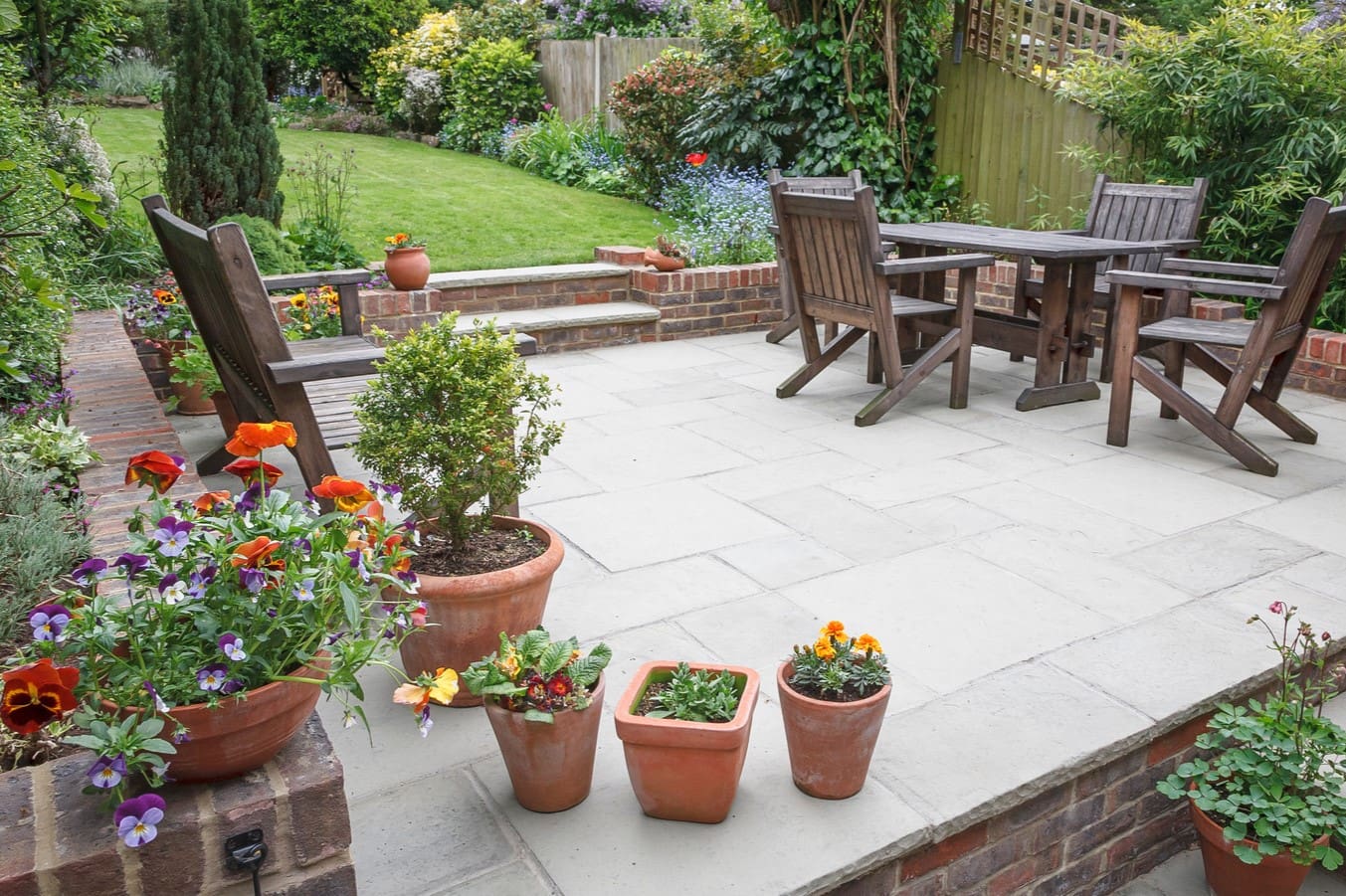
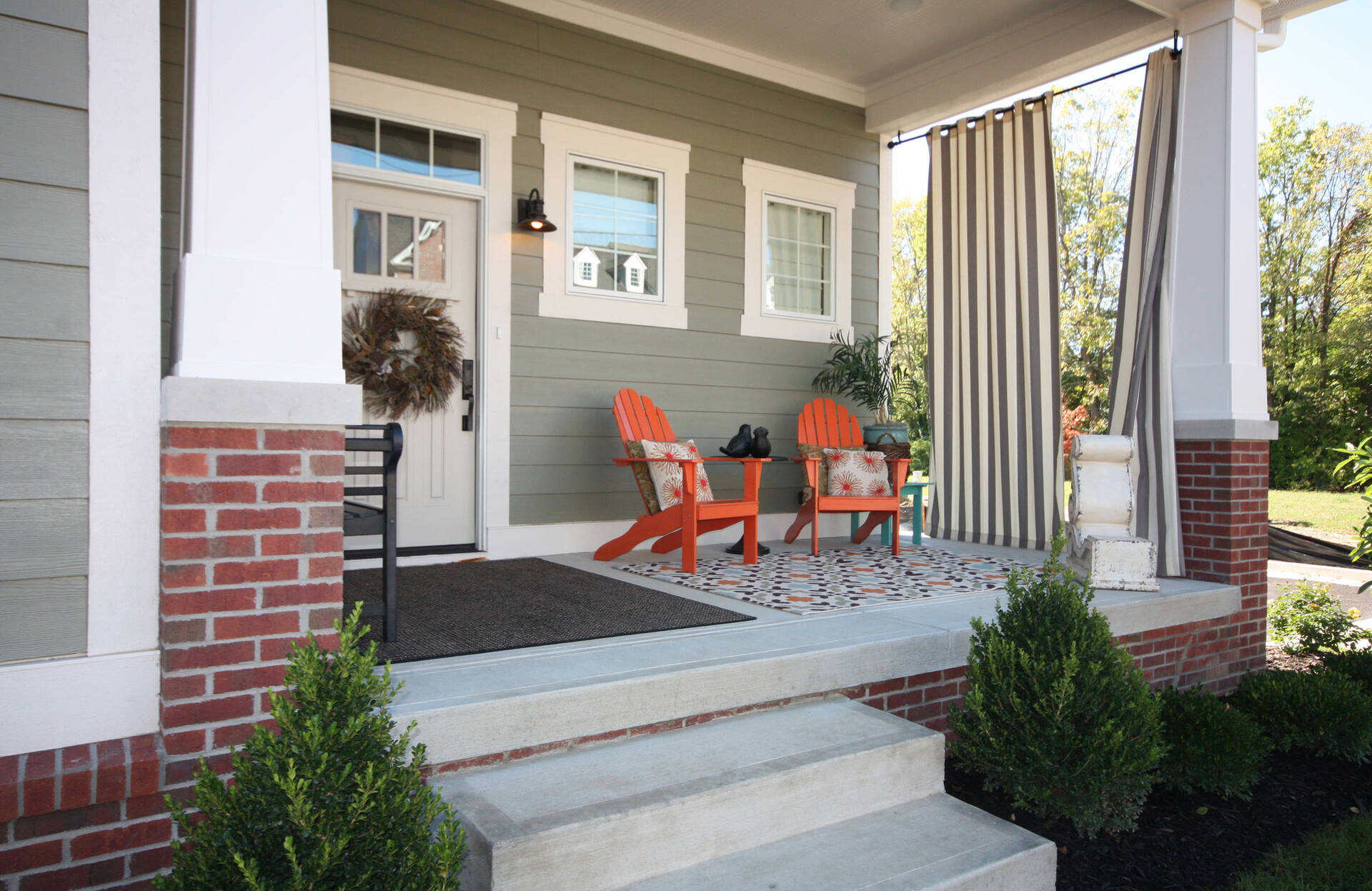

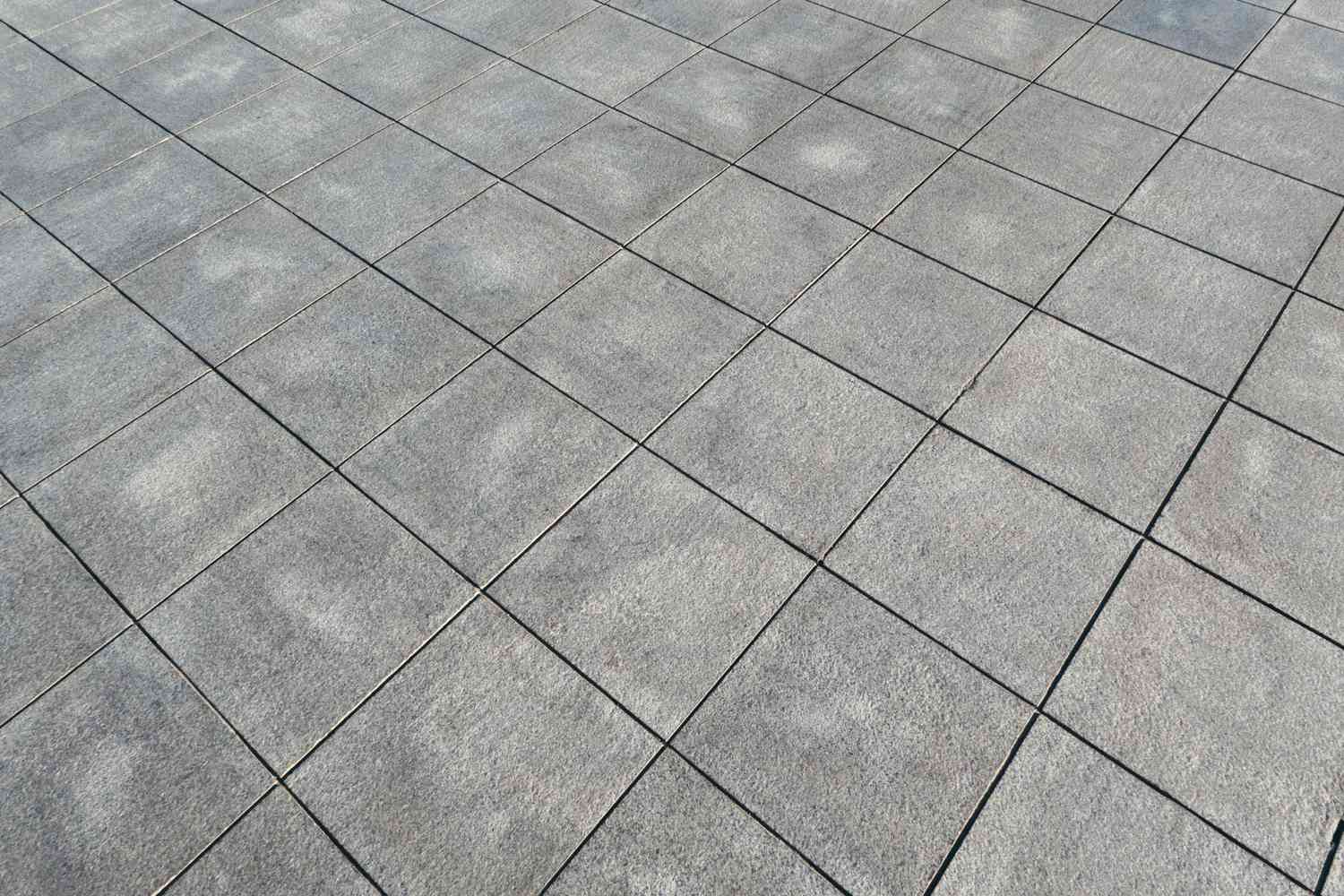
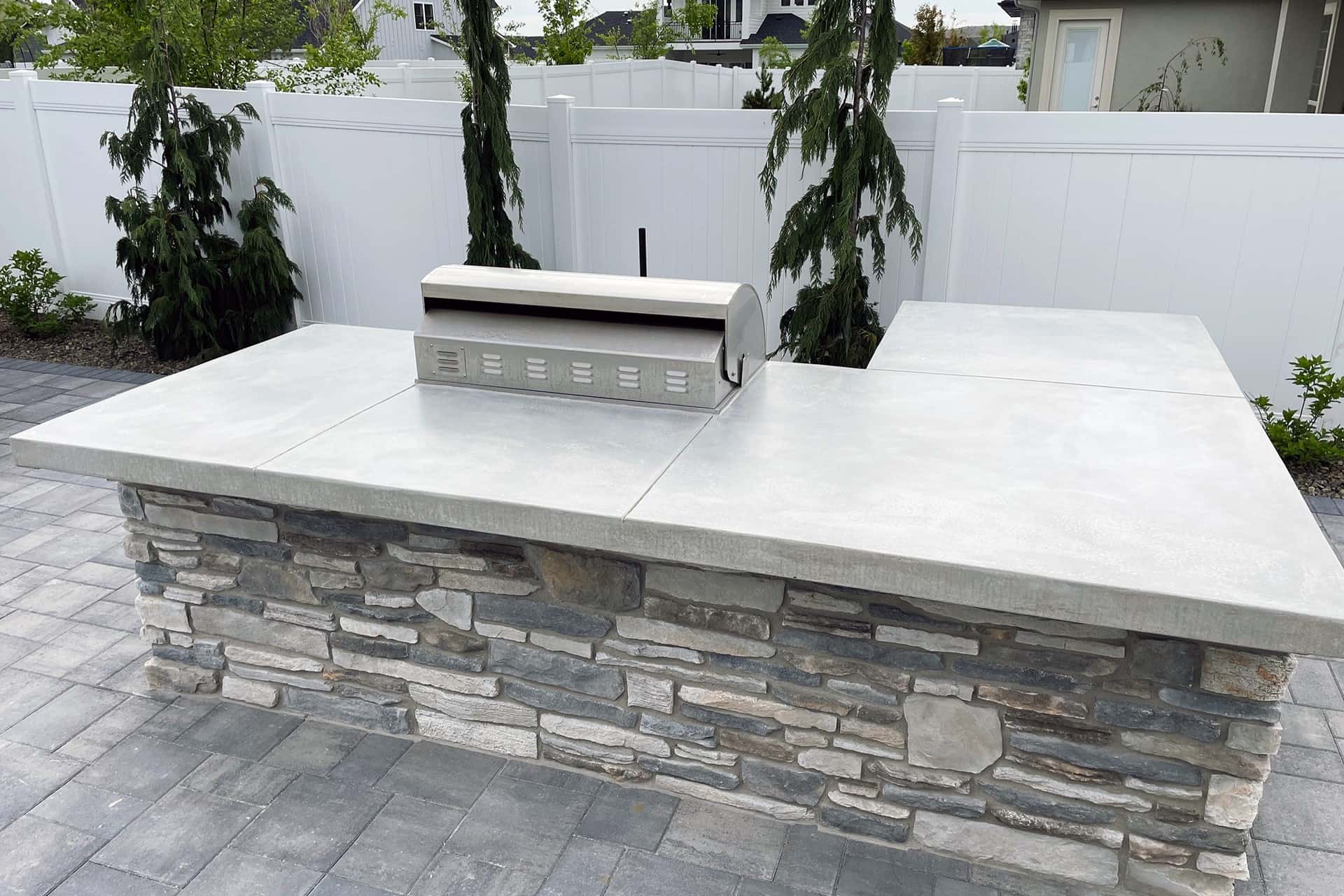
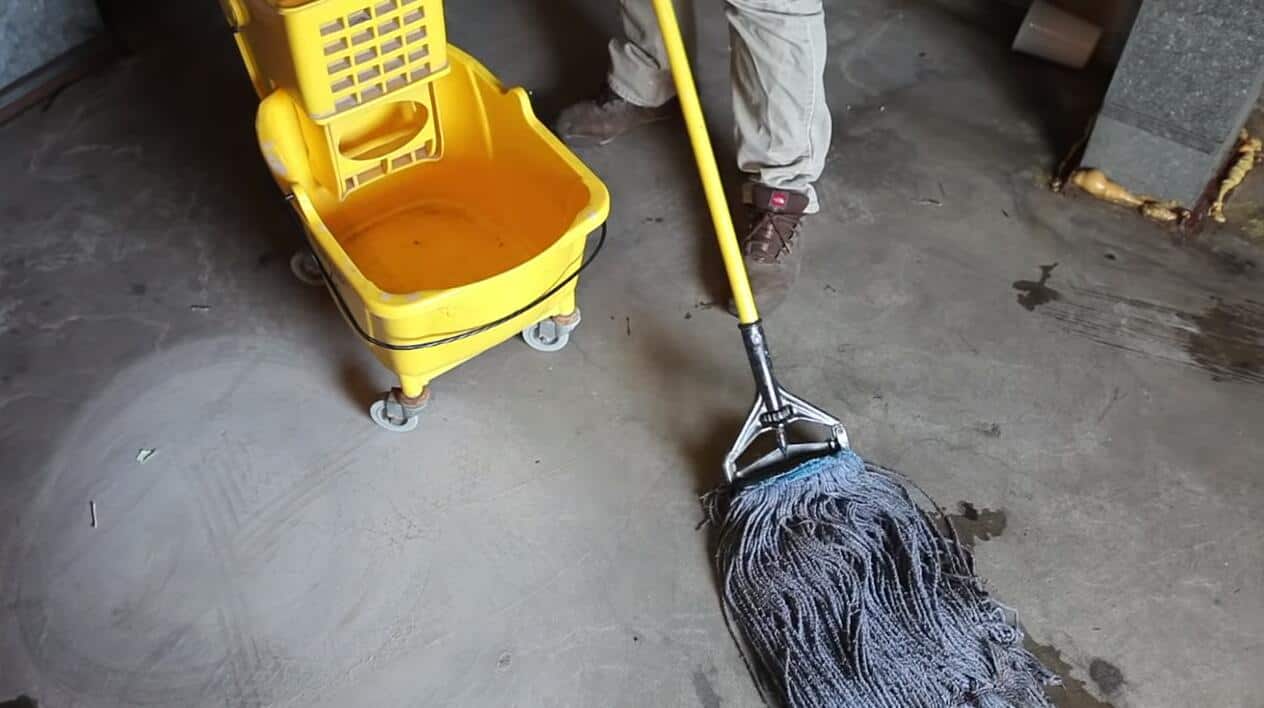

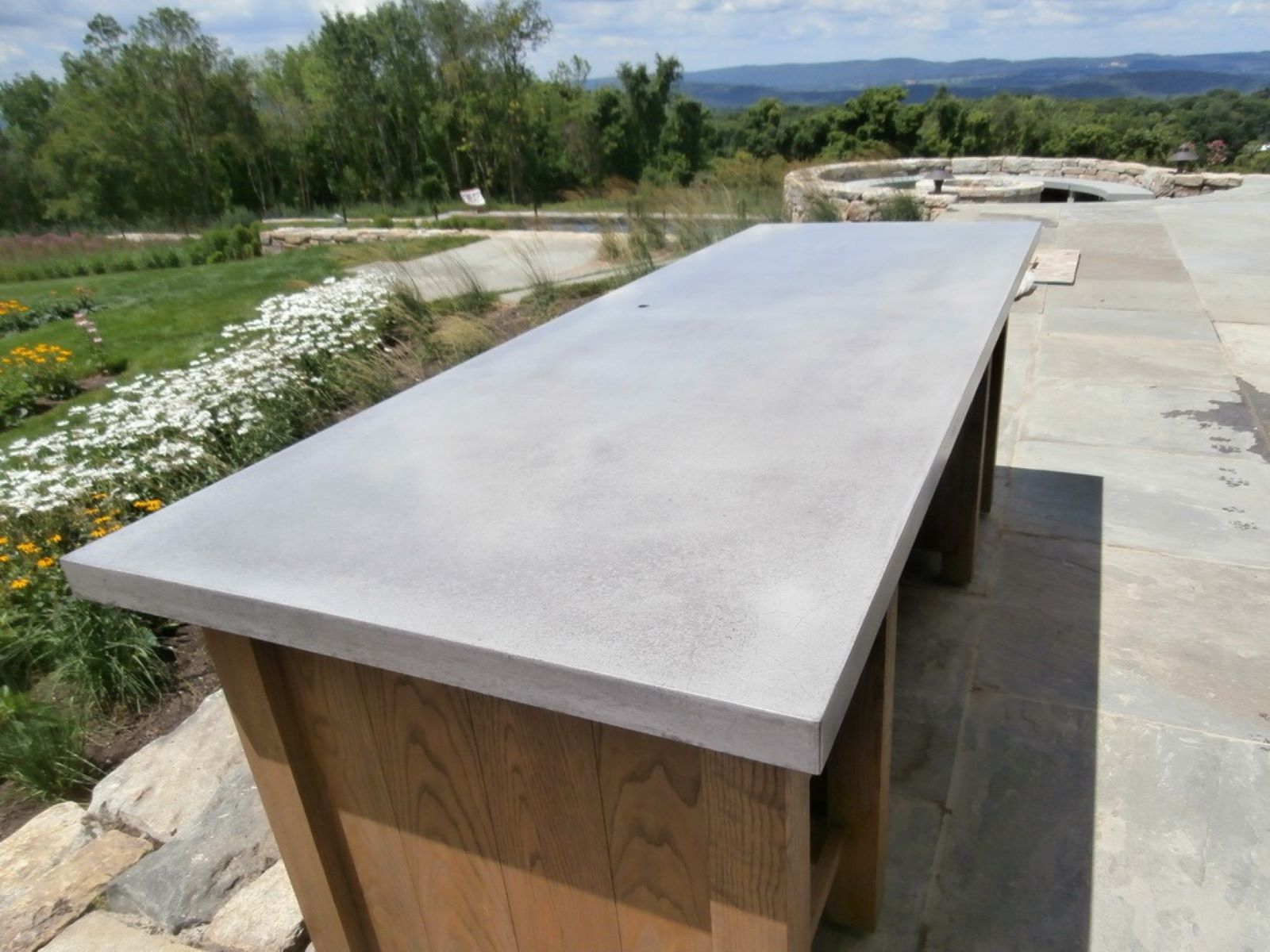
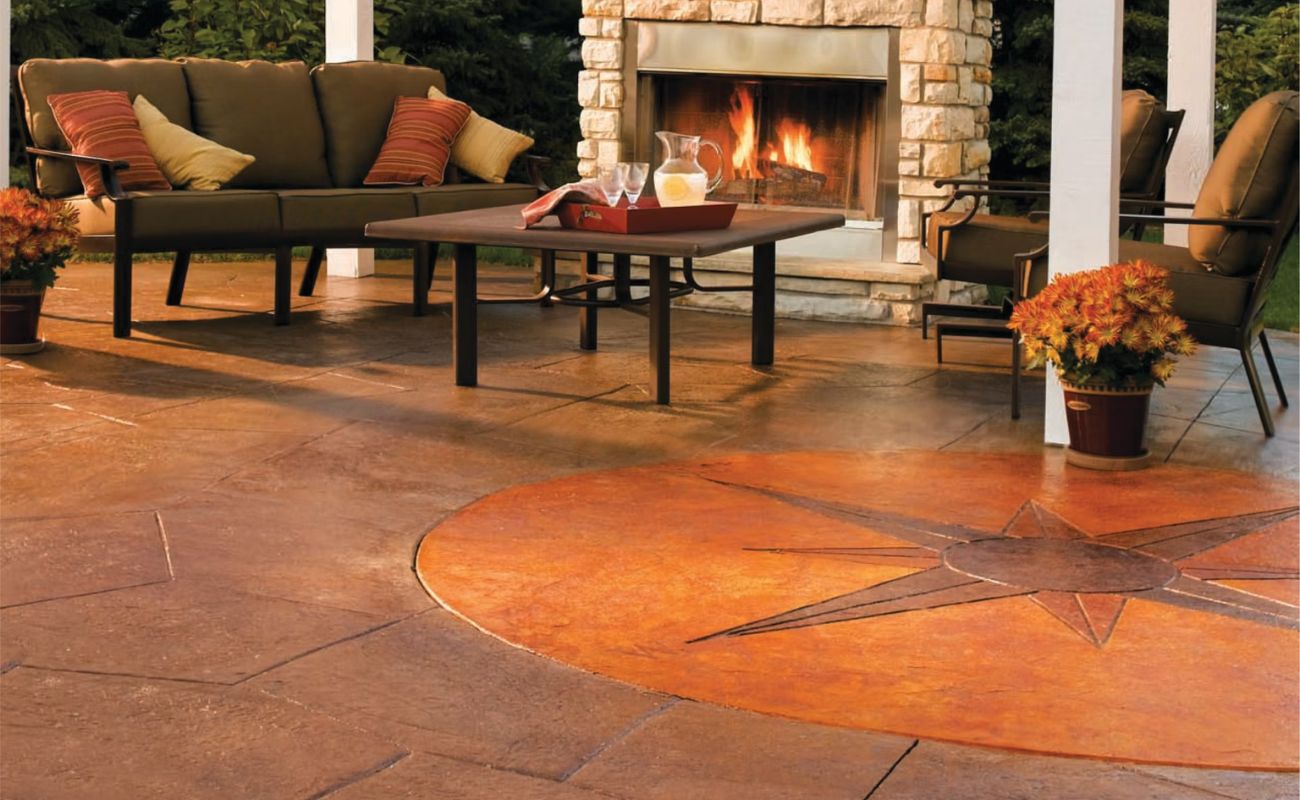
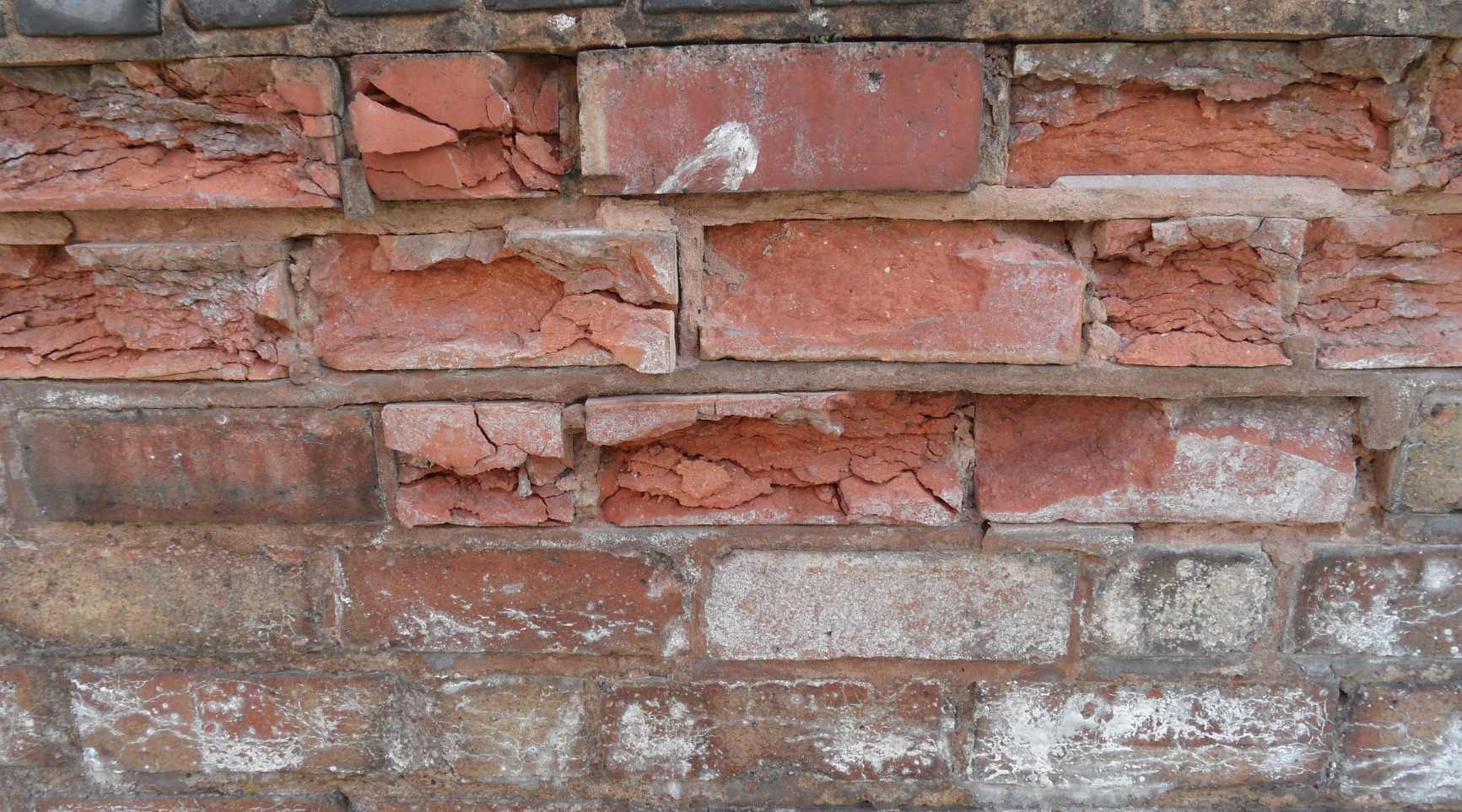
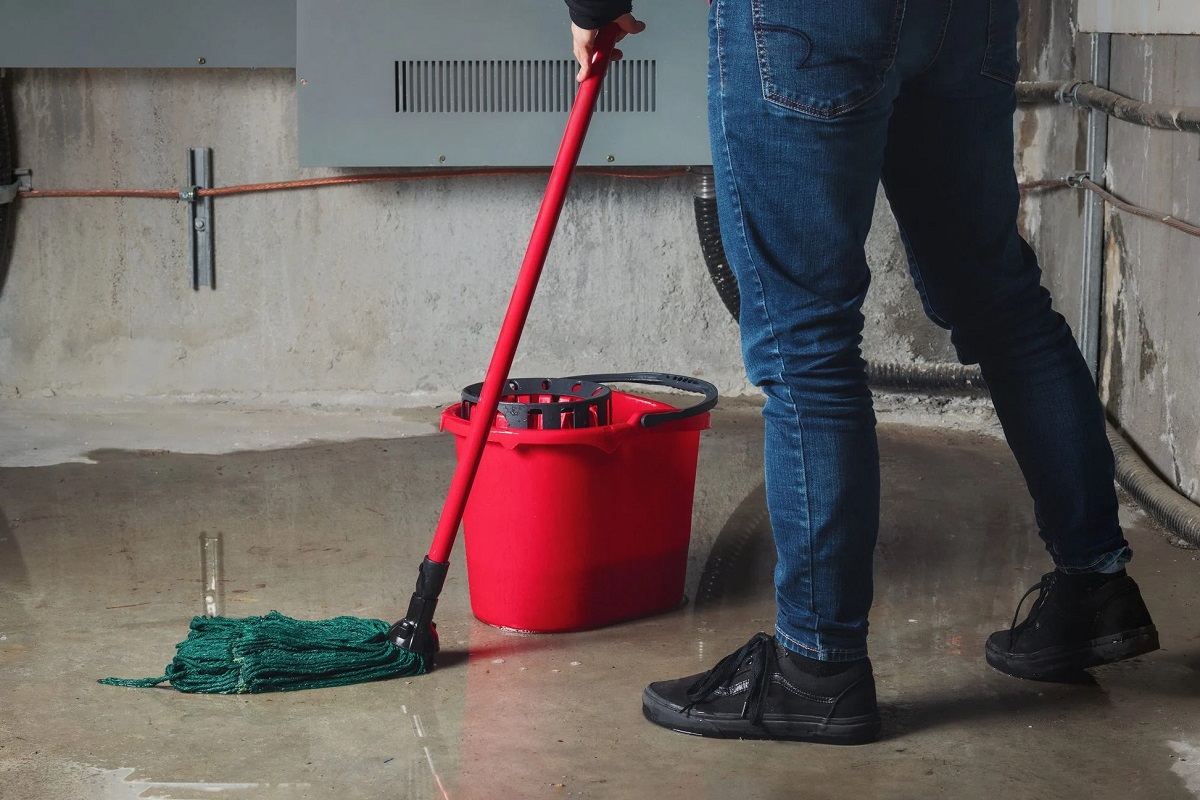

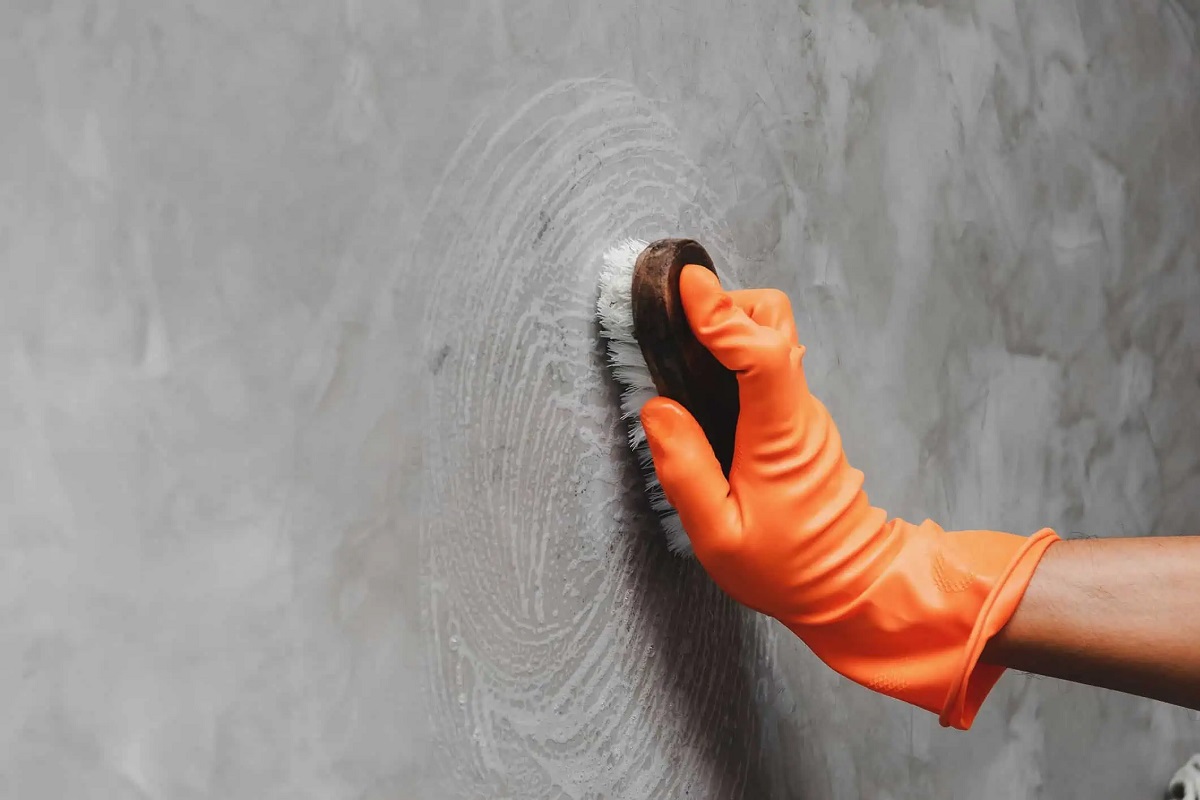
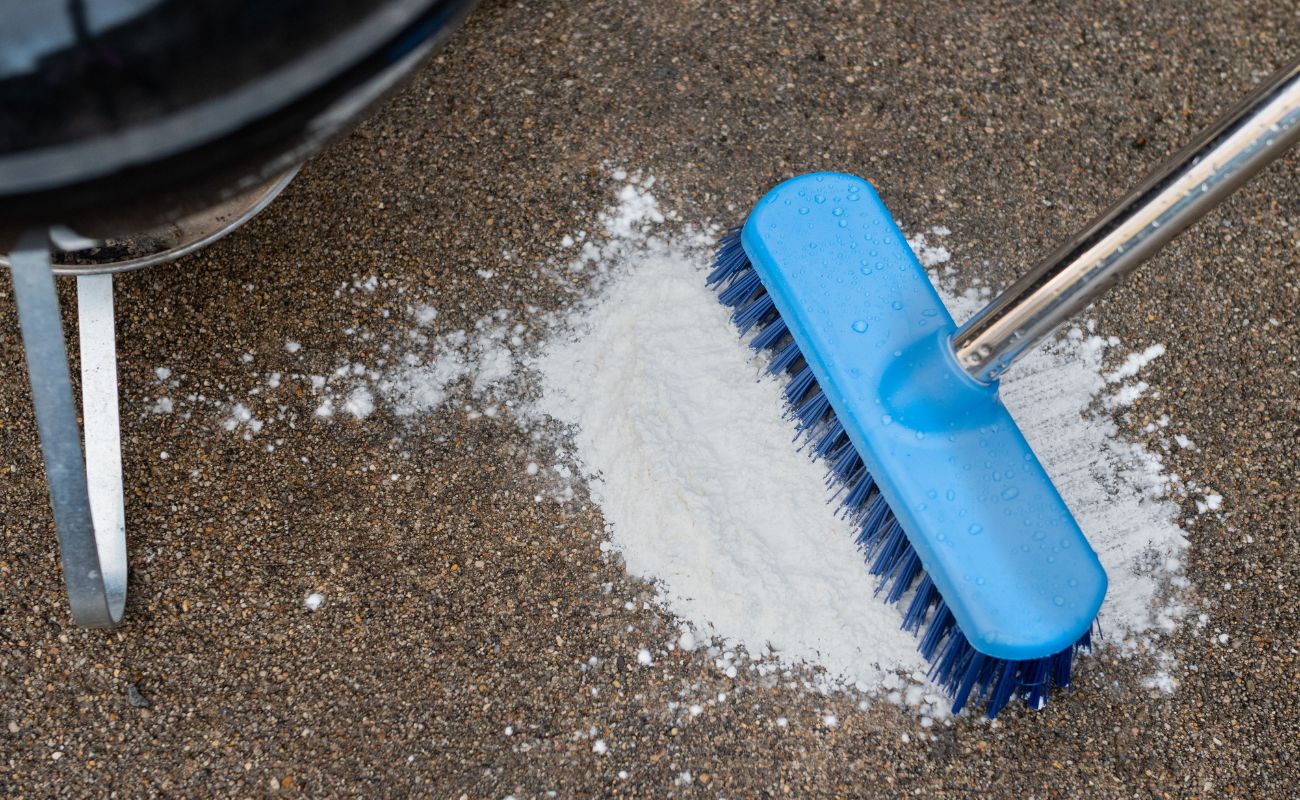

0 thoughts on “How To Clean Outdoor Concrete”